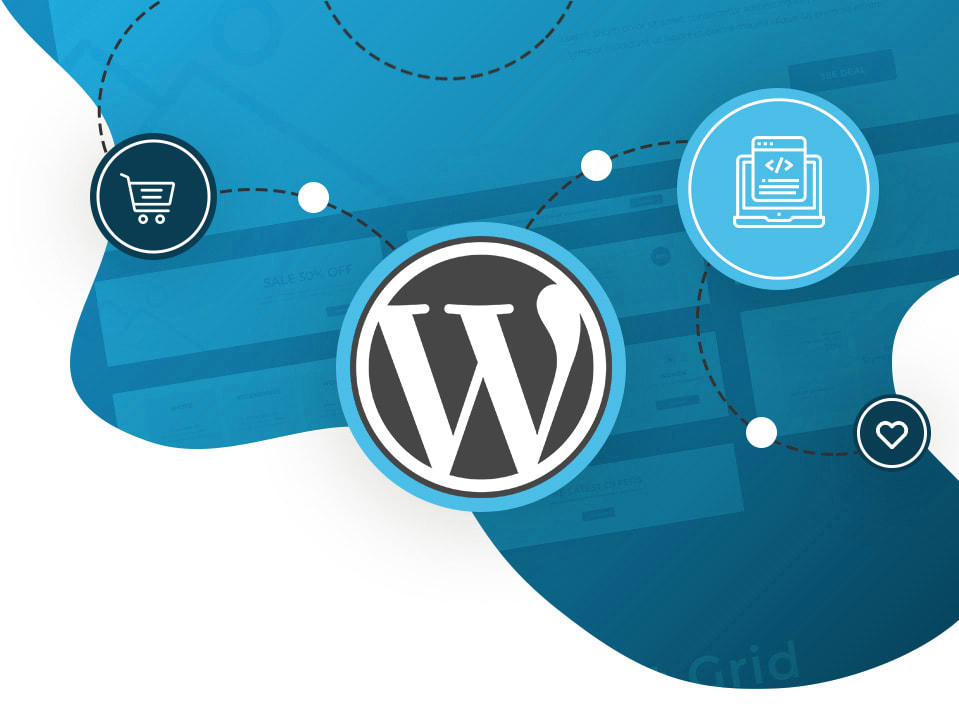

Did you know that, according to a statistics report, 83% of web surfers expect a website to load in not more than 3 seconds?
Even more, roughly half of them will abandon a website that takes longer than that time to load, this means that having a slow website is one of the quickest ways to attract less traffic but the good news is that there are so many ways to make your site speed as quick as lightning, even if it’s a WordPress website, which isn’t exactly known for being quick.
A quick fix is hiring a WordPress development company, but if you want to learn some other ways to solve your problem, this article is for you.
When it comes to your website’s performance and speed, you can’t afford to go wrong with your hosting provider because they determine the speed, uptime, and overall user experience. Your checklist for choosing a reliable one should include server resources (CPU, RAM, storage), uptime guarantees, customer support quality, options for scalability, location, and security measures.
Most of the time, the necessary graphics on your website are making your site sluggish, and to rectify that, you need to optimize these images.
Firstly, you must resize them to the appropriate dimensions and compress them without compromising their quality. Secondly, you should use suitable file formats like JPEG for photographs and PNG for graphics with transparent backgrounds. If you want to automate the whole thing, you can use tools like TinyPNG, ImageOptim, or WordPress plugins like Smush.
This is one of the perks you get when you hire a dedicated WordPress Developer because they regularly perform these web performance tests to assess your loading speed and identify any issue that may negatively impact the user’s experience and, consequently, your search engine rankings if not addressed on time.
With popular tools like Google PageSpeed Insights, GTmetrix, and Pingdom, you can analyze your site’s load times, render-blocking resources, and optimization opportunities. Then, carefully review the test results, focusing on metrics like load times, file sizes, and suggested optimizations.
This is one of the things you get when you pay for WordPress development services, and we’ll tell you why. Caching temporarily stores static versions of your WordPress site, reducing the server load and quickening delivery to visitors. A caching plugin is essential because it serves cached pages instead of dynamically generating content for every request.
The upsides to installing this include faster load times, reduced bandwidth usage, and improved server performance. W3 Total Cache and WP Super Cache are your best bet if you’re seeking reliable options.
Just in case you didn’t know, lengthy content can significantly slow down page load times and negatively impact user experience and SEO. Statistics show that the average human attention span dropped from 12 seconds to 8.
That’s why you should break long articles into multiple, interlinked pages or sections to improve speed. Ensure you structure the content logically, using clear navigation and internal linking between related pages.
There are hundreds of benefits, but these are the most common ones:
When all is said and done, some of the things you need to do to boost your website’s speed may be too demanding and will end up taking a chunk of your time. You’re better off putting that burden on the experts by hiring a WordPress development company to do what needs to be done.
A healthy smile is not just a measurement of beauty; it is an indicator of…
Being good on TikTok is about more than just following trends and timing them well;…
Wondering how to boost online sales and customer engagement in your furniture eStore? Take inspiration…
Are you looking to improve the speed of your WooCommerce store to be more efficient,…
TikTok's AI features totally change the way that videos are made because they unveil possibilities…
The aviation sector is growing continuously. Nowadays, airlines use modern technology for better pilot training.…